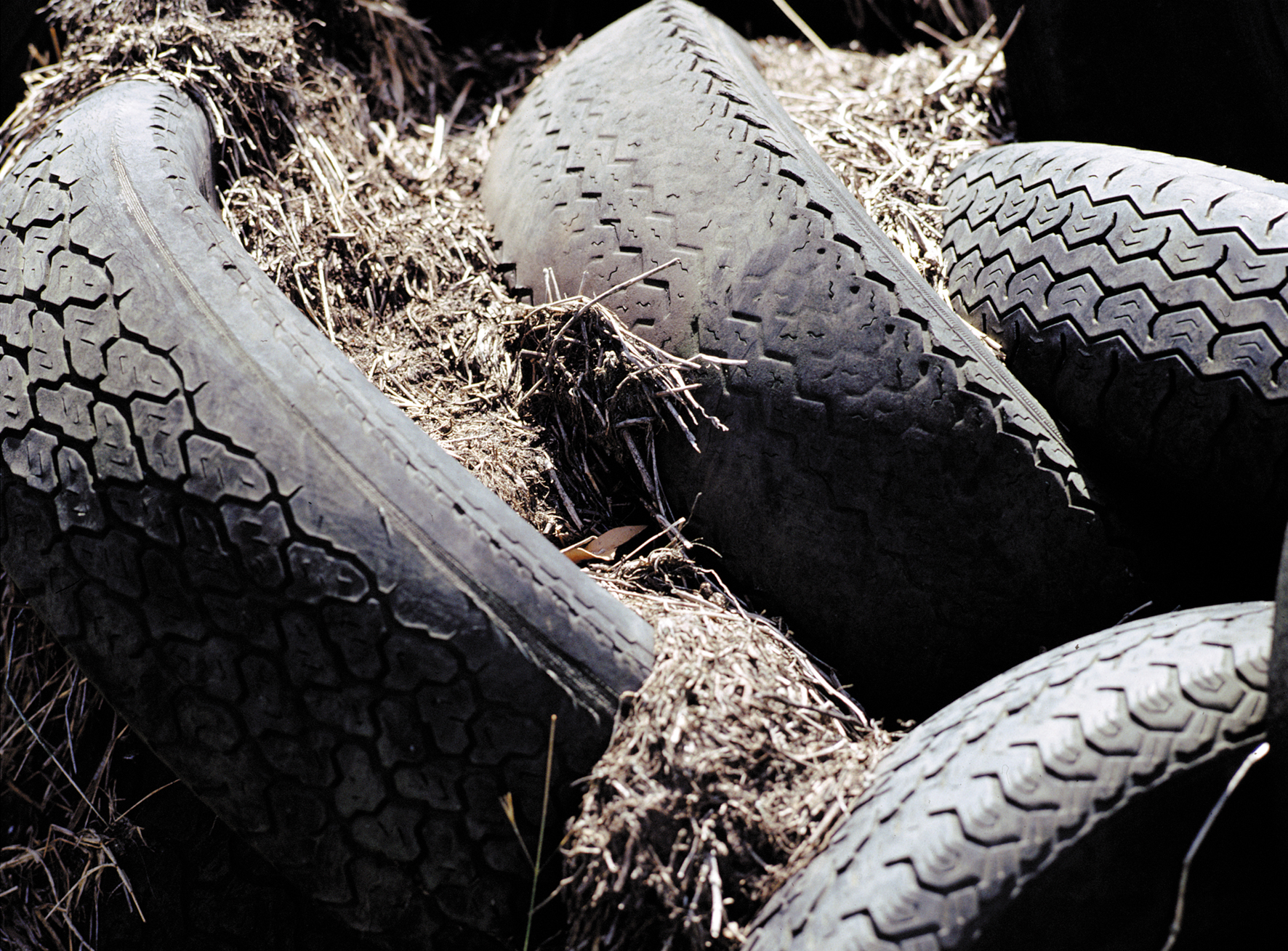Swapping the focus on waste management to circular economy
 Recent decades have seen a significant increase in the way we use materials, which is resulting in rapidly increasing waste and emissions, both in Australia and globally.
Recent decades have seen a significant increase in the way we use materials, which is resulting in rapidly increasing waste and emissions, both in Australia and globally.
The capacity of the global ecosystem to absorb the growing amount of waste is limited, and the global market for exporting waste has tightened. In addition, the global climate change imperative necessitates a dramatic decrease in waste and emissions.
CSIRO is exploring research pathways in support of a circular economy, with an objective of reducing total waste generated in Australia by 10 per cent per person by 2030 and aiming to achieving an 80 per cent average resource recovery rate from all waste stream applying the waste hierarchy by 2030 (National Waste Policy Action Plan 2019).
The federal and state governments have agreed to develop a timetable to ban the export of waste plastic, paper, glass and tyres and a strategy to build Australia’s capacity to generate high value recycled commodities domestically.
Guiding a circular economy
 In 2019, CSIRO was tasked to lead the development of a Circular Economy Roadmap. This project reviews four materials that are common waste streams in our economy: plastics, tyres (automotive and mining), glass and paper. The roadmap has a focus on innovation and brings together industry stakeholders to explore circular economy opportunities for Australia.
In 2019, CSIRO was tasked to lead the development of a Circular Economy Roadmap. This project reviews four materials that are common waste streams in our economy: plastics, tyres (automotive and mining), glass and paper. The roadmap has a focus on innovation and brings together industry stakeholders to explore circular economy opportunities for Australia.
The roadmap identifies opportunities across the whole supply chain of how waste can be avoided, and materials can be re-used or recycled. In doing so, it identifies new technologies, products, services and industries that can emerge from taking on a circular economy approach.
A circular economy does not happen spontaneously but relies on policies that support experimentation and innovation. Hence, our role as Australia's innovation catalyst is to create the scientific foundation for circular economy innovations. CSIRO is the only organisation in Australia with the required cross-disciplinary capabilities to do this. Our scientists have world-class expertise in areas such as digital technologies, mining and processing, manufacturing, materials, renewable energy, environment, techno-economic modelling, and socioeconomics.
We look forward to unveiling the National Circular Economy Roadmap: Pathways for unlocking future growth opportunities for plastics, glass, papers and tyres later in 2020.
Read the report
- Circular economy roadmap for plastics, glass, paper and tyres
- Summary: Circular economy roadmap for plastics, glass, paper and tyres
- Circular economy roadmap for plastics, glass, paper and tyres (plain text)
- Summary: Circular economy roadmap for plastics, glass, paper and tyres (plain text)
Swapping the focus on waste management to circular economy
Recent decades have seen a significant increase in the way we use materials, which is resulting in rapidly increasing waste and emissions, both in Australia and globally.
The capacity of the global ecosystem to absorb the growing amount of waste is limited, and the global market for exporting waste has tightened. In addition, the global climate change imperative necessitates a dramatic decrease in waste and emissions.
CSIRO is exploring research pathways in support of a circular economy, with an objective of reducing total waste generated in Australia by 10 per cent per person by 2030 and aiming to achieving an 80 per cent average resource recovery rate from all waste stream applying the waste hierarchy by 2030 (National Waste Policy Action Plan 2019).
The federal and state governments have agreed to develop a timetable to ban the export of waste plastic, paper, glass and tyres and a strategy to build Australia’s capacity to generate high value recycled commodities domestically.
Guiding a circular economy
In 2019, CSIRO was tasked to lead the development of a Circular Economy Roadmap. This project reviews four materials that are common waste streams in our economy: plastics, tyres (automotive and mining), glass and paper. The roadmap has a focus on innovation and brings together industry stakeholders to explore circular economy opportunities for Australia.
The roadmap identifies opportunities across the whole supply chain of how waste can be avoided, and materials can be re-used or recycled. In doing so, it identifies new technologies, products, services and industries that can emerge from taking on a circular economy approach.
A circular economy does not happen spontaneously but relies on policies that support experimentation and innovation. Hence, our role as Australia's innovation catalyst is to create the scientific foundation for circular economy innovations. CSIRO is the only organisation in Australia with the required cross-disciplinary capabilities to do this. Our scientists have world-class expertise in areas such as digital technologies, mining and processing, manufacturing, materials, renewable energy, environment, techno-economic modelling, and socioeconomics.
We look forward to unveiling the National Circular Economy Roadmap: Pathways for unlocking future growth opportunities for plastics, glass, papers and tyres later in 2020.
Read the report
- Circular economy roadmap for plastics, glass, paper and tyres PDF (8 MB)
- Summary: Circular economy roadmap for plastics, glass, paper and tyres PDF (3 MB)
- Circular economy roadmap for plastics, glass, paper and tyres (plain text) TXT (413 KB)
- Summary: Circular economy roadmap for plastics, glass, paper and tyres (plain text) TXT (31 KB)
